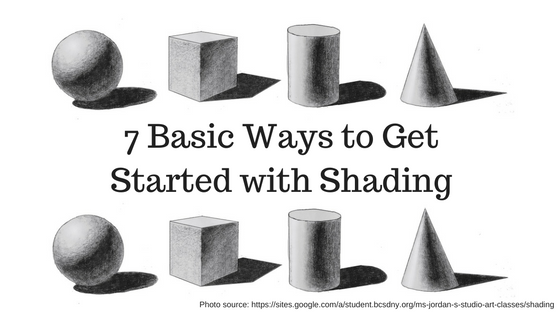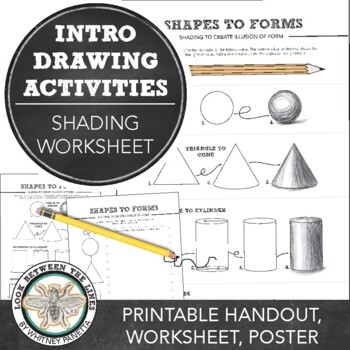
- Shade 3d basic tutorials for free#
- Shade 3d basic tutorials full#
- Shade 3d basic tutorials software#
- Shade 3d basic tutorials free#
Shade 3d basic tutorials free#
I've chosen to make an orc, but feel free to pick something else! I've placed my finished orc in a screenshot of Final Fight above to give you a sense of scale - this is a large sprite for most retro games (the screenshot is 384x224). Let's begin! For this tutorial, we're going to start by creating a 96x96 pixel character sprite. It can get the job done for static sprites and pixel illustrations (like the ones I've made for this tutorial), although it's pretty cumbersome compared to focused apps like GraphicsGale or Aseprite.įinal Fight (Arcade). Since Photoshop is an expensive, subscription-based app that's not designed around pixel art, I don't recommend it unless you already have it for painting or image manipulation. I mostly use GameMaker's Sprite Editor for sprites and create my tilesets in Photoshop. I am currently (in 2019) using it to make UFO 50, a collection of 50 retro games. If you're interested in making pixel art for your own games, it's very convenient to do it all in the same software. GameMaker Studio 2 is an excellent 2d-focused game-making tool that includes a decent Sprite Editor. If you're serious about making pixel art and don't already have an editor you're attached to, this is probably the way to go.
Shade 3d basic tutorials for free#
On top of that, it's open source and can be used for free if compiled from the source code.

Shade 3d basic tutorials full#
Packed full of features, actively developed, and available for Windows, Mac, and Linux. This seems to be the most popular editor available right now. Created by a Japanese company called HUMANBALANCE, it became freeware in 2017 and is still widely used despite Aseprite's growing popularity. GraphicsGale is the first standalone editor I remember hearing about that was designed just for pixel art and featured animation tools. PiskelĪ surprisingly robust pixel art editor that runs in your browser! Can export to PNG or animated GIF, as well as saving locally to your browser. If you're on Windows, its built-in paint program is bare bones but has all of the above tools you'd need to make pixel art. I'll outline some of the most popular ones here (including what I use).
Shade 3d basic tutorials software#
There are many free and paid software options you can use that have these tools. Also helpful are line/shape tools, select/move tools, and a Paint Bucket for quick fills. The basic tools required for pixel art are zoom and the Pencil for pixel placement. Study a variety of artists and make pixel art what you want it to be! That's the style that I modeled my own after, but you could easily apply the ideas and techniques in this tutorial to something completely different. but not so clean that it was stiff or minimalistic. My favorite games of that era had pixel art that I would describe as colorful, bold, and clean.

In particular, I'm a fan of the Famicom/NES, 16-bit consoles, and 90s arcade games. With that warning out of the way, a little bit about my style: I primarily use pixel art for making video games, and it's from video games that I draw most of my inspiration. High level pixel art almost always requires a lot of painstaking pixel placement on every frame. At least with a 3d model you can rotate it, deform it, move its limbs around, copy animations from one model to another, etc. Pixel art at the level most people want to do it is time-consuming and there are very few shortcuts to making it. I have seen many an indie Kickstart their pixel art Metroidvania thinking they have a year to finish when in reality it's more like six years. But make no mistake, that in no way implies that it's easy to actually FINISH a game with it. The barrier to entry for pixel art is also relatively low compared to painted or 3d graphics, making it a nice option for indie game developers seeking to bring their ideas to life. In the same way we admire how a few brushstrokes from a trained hand can represent a form and evoke emotion, so do we admire how a few pixels can combine do to the same. Why? Well, nostalgia aside, it remains a fun and rewarding challenge to create vibrant artwork within such tight constraints. These days, it's still popular in games and as an artform in and of itself, despite the possibility of realistic 3d graphics.

It's primarily associated with the graphics of 80s and 90s video games, where commercial artists strained against limited memory and low resolutions to create increasingly eye-catching visuals.

Pixel art, also known as dot art in Japan, is a form of digital art where editing is done on the pixel level.


 0 kommentar(er)
0 kommentar(er)
